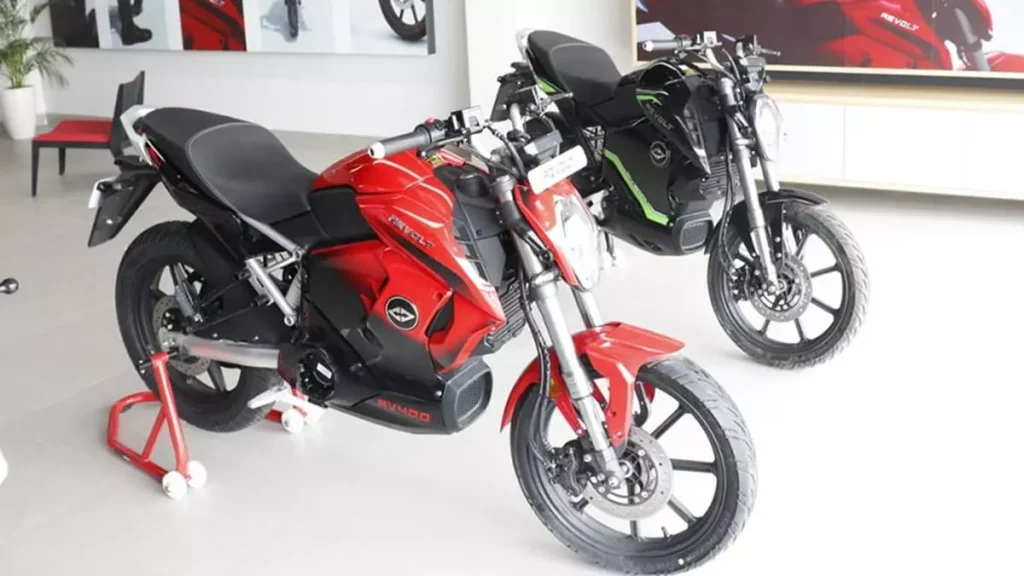In the rapidly evolving landscape of personal transportation, dual motor e-bikes have emerged as a game-changer, offering an unparalleled sense of freedom for urban commuters and adventure seekers alike. These innovative machines combine two motors to provide enhanced power, efficiency, and versatility, making it easier than ever to explore a wide variety of terrains and distances. With the ability to tackle steep hills, rough paths, and long rides with ease, dual motor e-bikes open up a world of possibilities that traditional bicycles or single motor e-bikes simply cannot match. One of the most compelling features of dual motor e-bikes is their impressive performance. With a motor located at both the front and rear wheels, these bikes deliver superior traction and control, allowing riders to navigate challenging conditions with confidence. Whether it is a rainy day, a rocky trail, or a steep incline, the added power translates to a smoother ride and a more enjoyable experience. Riders can effortlessly switch between motors or use both simultaneously, maximizing their efficiency and adapting to changing environments on the fly.

This flexibility is particularly appealing to those who seek adventure beyond the confines of city streets. Imagine setting off on a weekend getaway, venturing into the mountains or along scenic coastal paths, all while enjoying the wind in your hair and the thrill of exploration. Dual motor e-bikes make it possible to cover greater distances without the exhaustion that often accompanies long rides. Riders can customize their experience, choosing to engage both motors for an adrenaline-fueled climb or conserve battery life by relying on one motor for leisurely rides. This adaptability ensures that the bike can keep up with the rider is whims and desires, allowing for spontaneous detours and explorations. The freedom that dual motor e-bikes offer extends beyond just performance; it also encompasses lifestyle choices. As urban areas become increasingly congested, these Electric Bike provide an eco-friendly alternative to traditional transportation. Riders can avoid traffic jams, reduce their carbon footprint, and experience the city from a fresh perspective. With the ability to easily navigate through tight spaces and take shortcuts, the daily commute transforms into an opportunity for adventure rather than a monotonous routine.
Moreover, the growing popularity of dual motor e-bikes is fostering a sense of community among enthusiasts. Riders often share their experiences, tips, and favorite routes, creating a vibrant culture centered around exploration and shared passion. Events, group rides, and online forums have emerged, allowing individuals to connect and inspire one another, reinforcing the idea that e-bikes are not just a mode of transportation but a lifestyle choice. In essence, dual motor e-bikes embody the spirit of freedom and adventure. They empower riders to go anywhere, embrace new experiences, and connect with the world around them in ways that were previously unimaginable. With every ride, they redefine what it means to explore, making the journey as exhilarating as the destination itself.
 Another significant improvement in
Another significant improvement in 
